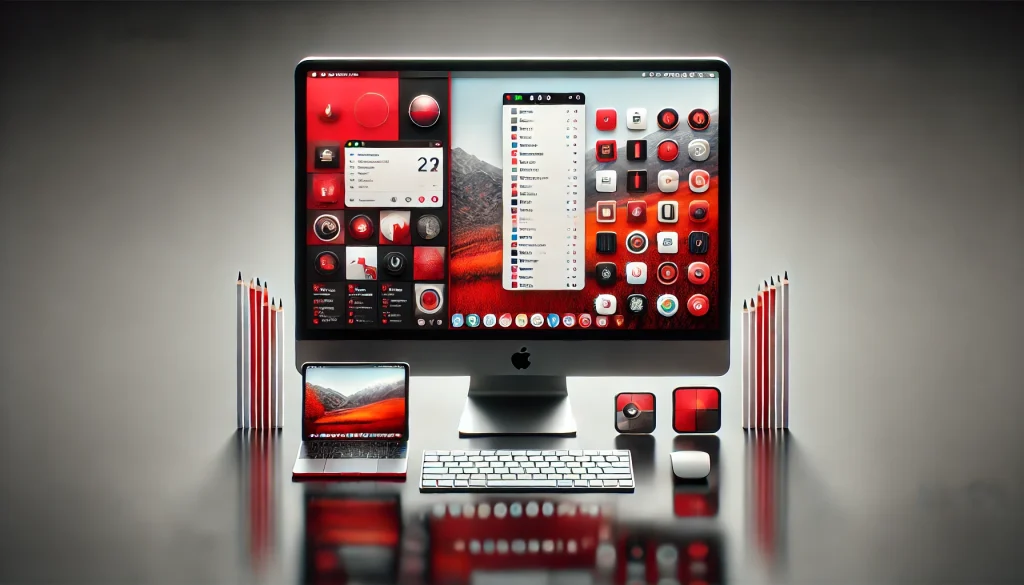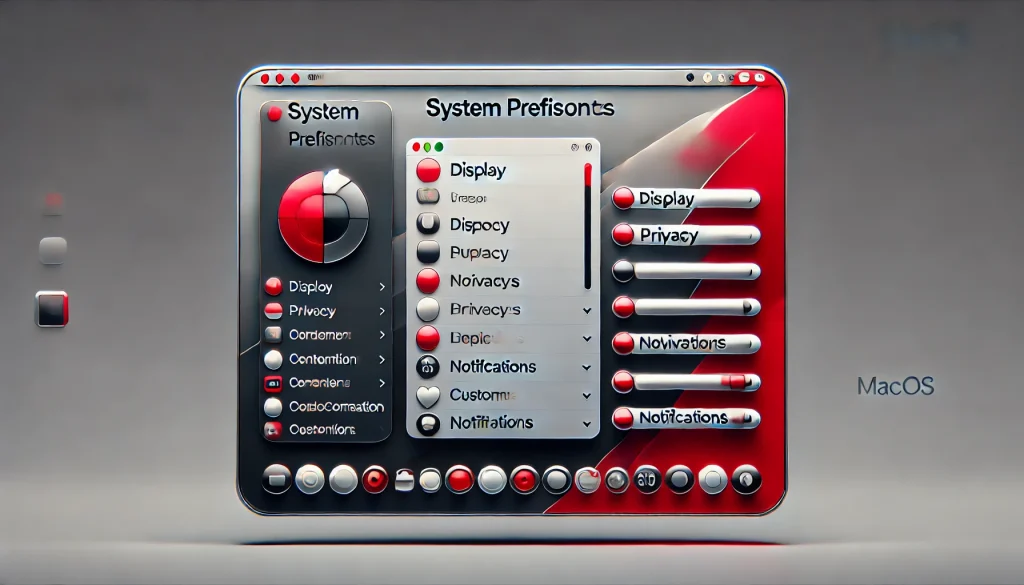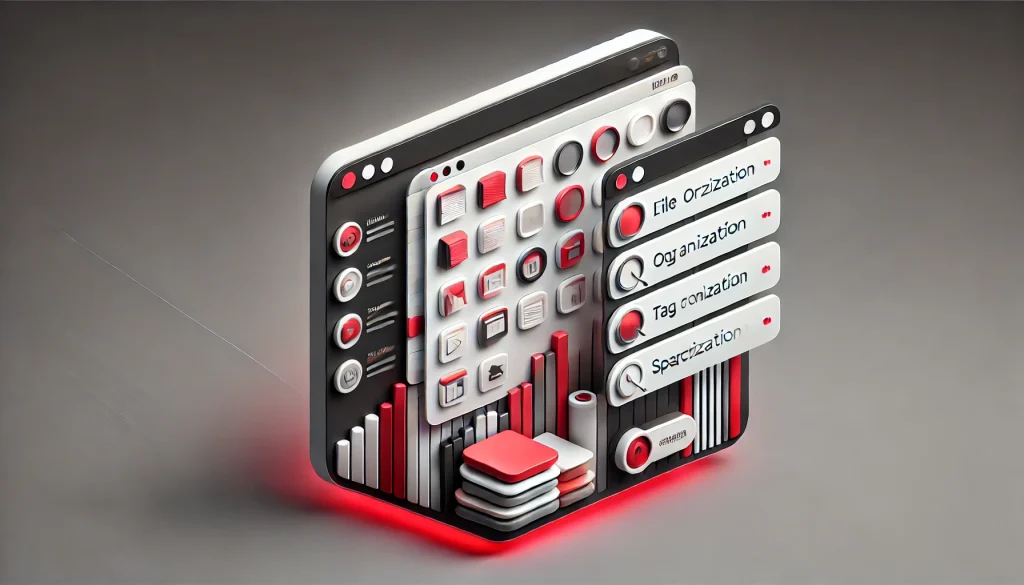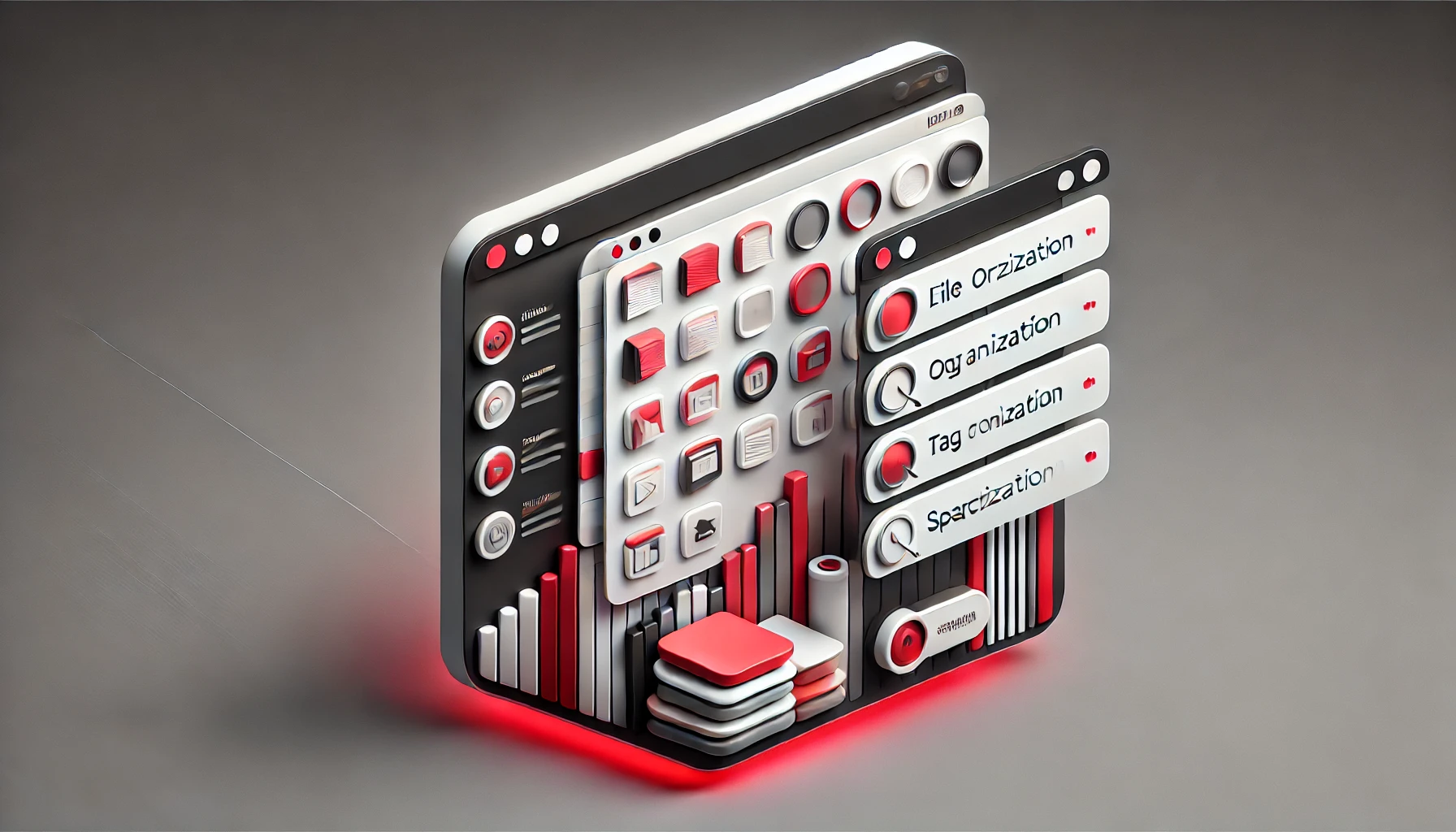
macOS, Apple’s exclusive operating system for Mac computers, powers millions of devices worldwide. Known for its security, user-friendly design, and unique capabilities, mac has become a cornerstone of Apple’s product ecosystem. macOS serves both personal and professional needs, particularly excelling in creative fields like design, video editing, and music production, where Apple computers set the industry standard. As mac evolves, its features grow to meet user demands for high performance, enhanced privacy, and seamless cross-device integration. This article explores macOS’s journey, its standout features today, and what users might expect from future versions.
The Core of Apple’s Operating System
macOS, initially launched as “Mac OS X,” debuted in 2001, revolutionizing the user experience with its sleek interface and robust system architecture. Built on a UNIX foundation, mac combines advanced security, stability, and multitasking efficiency. Over the years, Apple has continually refined mac, introducing significant updates to meet the needs of a diverse user base. Its latest iterations, like macOS Monterey, macOS Ventura, and macOS Sonoma, showcase cutting-edge advancements in the OS landscape.
macOS Monterey: A Leap Forward
macOS Monterey introduced transformative features like Focus mode, helping users filter notifications to concentrate on important tasks. It also launched Universal Control, enabling seamless connections across multiple Apple devices, so users can switch between Mac, iPad, and more with a single mouse or keyboard. Furthermore, FaceTime enhancements in Monterey allowed for spatial audio, making online calls feel more immersive and lifelike.
Apple’s drive to integrate its products is exemplified in Monterey’s cross-device capabilities, appealing to professionals who rely on Apple’s ecosystem for productivity. Monterey also introduced privacy features like Mail Privacy Protection, limiting tracking in emails, which underscores Apple’s commitment to user privacy.
macOS Ventura: Enhancing User Experience
Following Monterey, macOS Ventura introduced further advancements tailored to enhance the user experience. Ventura introduced Stage Manager, a feature designed to simplify multitasking by organizing apps and windows, creating a more focused workflow. Safari also saw significant upgrades, including Shared Tab Groups for collaborative browsing, enhancing productivity and teamwork for both work and personal tasks.
macOS Ventura upgraded video and audio integration with Continuity Camera, enabling users to turn their iPhones into high-quality webcams for video calls. This feature highlights Apple’s focus on remote work needs, making Ventura invaluable for professionals across industries. Additionally, Ventura’s enhanced security protects sensitive data from third-party tracking, offering peace of mind for users handling confidential information.
macOS Sonoma: A Glimpse into Future Computing
The latest release, macOS Sonoma, offers a refined interface and more immersive experiences, particularly in the realm of video conferencing. Sonoma enhances video conferencing by adding dynamic backgrounds, perfect for virtual meetings, and improving screen sharing for professional presentations. In addition, Game Mode optimizes system performance, making mac more appealing to gamers and broadening Apple’s audience beyond typical Mac users. The new interactive widgets in Sonoma integrate directly into the desktop, creating a more intuitive and accessible user experience.
macOS Sonoma showcases Apple’s ongoing commitment to boosting productivity and expanding what users can achieve on their Macs. Its improvements reflect Apple’s adaptability to evolving user needs, especially as work environments and personal computing demands shift.
macOS Sequoia: The Next Chapter
Looking ahead, macOS Sequoia is anticipated to bring a focus on AI-driven features and further integration with Apple’s ecosystem. While details are scarce, industry insiders expect Sequoia to incorporate machine learning functionalities that will automate tasks and assist users in a more intelligent manner. Advanced graphics performance, improved battery efficiency, and further privacy controls are also rumored, aligning with Apple’s emphasis on user-centric innovations. These updates could solidify Sequoia’s role in supporting professionals who rely on Mac for performance-intensive tasks, from video editing to app development.
As mac continues to evolve, Apple’s priority remains enhancing productivity, security, and a seamless user experience. Each version builds on the previous, introducing new tools that reflect the changing landscape of technology and user needs.
Key Features of macOS

macOS has continually raised the standard for operating systems with features that define user experience across industries. Here are some of the standout features across recent versions of macOS:
- Universal Control: Connects Mac and iPad seamlessly, enabling file transfers, shared displays, and a continuous workflow across devices.
- Stage Manager: Introduces a way to organize windows and apps, making multitasking efficient and reducing screen clutter.
- Privacy Controls: With features like Mail Privacy Protection and Intelligent Tracking Prevention, mac offers industry-leading user privacy.
- Continuity Camera: Enables iPhone to act as a high-quality webcam, ideal for video conferencing in remote work settings.
- Widgets and Game Mode: Sonoma’s enhanced widgets and Game Mode improve both productivity and leisure experiences, appealing to a diverse user demographic.
These features underscore Apple’s mission to create a robust operating system that can adapt to both professional and personal needs while integrating the best hardware and software innovations.
Security and Privacy
mac has built a reputation for its stringent security protocols. Apple’s regular security updates ensure protection from malware and cyber threats, which is increasingly critical as cybercrime rises. The T2 Security Chip and Apple’s hardware-rooted security architecture add layers of protection against unauthorized access. With each mac version, Apple reinforces its commitment to safeguarding user data, whether through email privacy, tracking prevention, or data encryption. These features ensure that mac remains one of the most secure operating systems in the market, trusted by corporations and individual users alike.
The Role of macOS in Apple’s Ecosystem

macOS is integral to Apple’s ecosystem, offering seamless connectivity with devices like the iPhone, iPad, Apple Watch, and Apple TV. This connectivity enables users to move between devices smoothly, boosting productivity and convenience. Features like Handoff, AirDrop, and Universal Clipboard illustrate this connectivity, allowing files, messages, and even tasks to flow between devices. For professionals using Apple’s ecosystem, mac provides an invaluable level of integration that supports a versatile and efficient workflow.
Conclusion
macOS is more than an operating system; it is a constantly evolving platform that reflects Apple’s vision of a seamless, secure, and intuitive computing experience. From Monterey to Sonoma and beyond, Apple has shown a commitment to enhancing usability, privacy, and cross-device functionality. Looking forward to macOS Sequoia, Apple aims to expand on these principles, integrating more AI-driven capabilities and advanced tools to meet the demands of its dynamic user base. As Apple continues to innovate, mac will undoubtedly remain a crucial part of the modern computing landscape.
FAQ
What makes macOS different from other operating systems?
macOS is designed exclusively for Apple’s Mac computers, with a focus on user experience, security, and seamless integration with Apple’s ecosystem.
What are some of the new features in macOS Sonoma?
macOS Sonoma introduces Game Mode for optimized gaming, enhanced video conferencing features, and more interactive widgets that integrate with the desktop.
Will macOS Sequoia be compatible with older Mac models?
While Apple has not officially announced compatibility details for macOS Sequoia, recent macOS versions typically support devices from the past five years.
Resources
- Apple. What is macOS?
- MacRumors. MacOS Monterey Tips
- MakeUseOf. Best macOS Features
- Tech Target. Definition of Mac OS
- Wired. Apple macOS Sequoia Features

Brijesh Gohil is the founder of Tech Brij, A popular Tech Blog which is focused on Tech tips & Buying Guides. You can follow him on Facebook, Twitter, Google + & LinkedIn.

